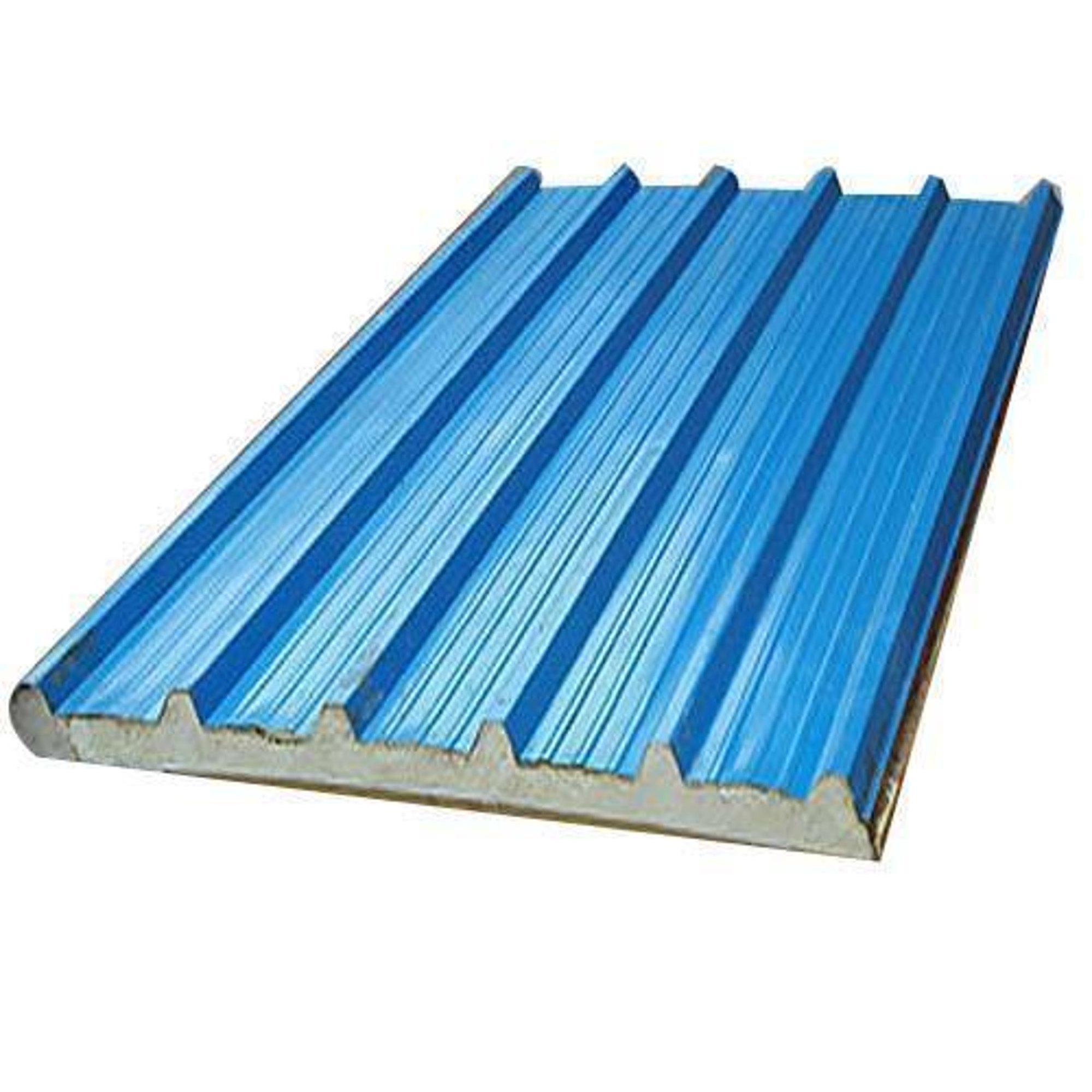In the fast-paced world of modern infrastructure, construction methods are evolving rapidly. Among the most innovative developments in this space is the use of PUF panels (Polyurethane Foam panels), which are revolutionizing how buildings are designed and constructed. As industries look for faster, more cost-effective, and energy-efficient solutions, PUF panels stand out as a strong alternative to traditional Brick and Mortar Construction. In this article, we’ll explore the benefits, cost factors, and important considerations like PUF panel thickness and PUF panel price, comparing them to conventional methods.
What Are PUF Panels?
PUF panels are sandwich panels made from a rigid polyurethane foam core that is placed between two metal sheets, usually of pre-painted galvanized iron (PPGI) or stainless steel. These panels are known for their superior thermal insulation, lightweight nature, and ease of installation.
PUF panels are widely used in:
-
Cold storage buildings
-
Prefabricated shelters
-
Industrial sheds
-
Portable offices
-
Rooftop structures
-
Modular homes
These panels are factory-manufactured and delivered ready for installation, significantly reducing on-site construction time and labor requirements.
The Traditional Approach: Brick and Mortar Construction
Brick and Mortar Construction has been the cornerstone of the building industry for centuries. This method involves stacking bricks, binding them with mortar (a mix of cement, sand, and water), and then finishing the structure with plaster, paint, or other materials. While durable and familiar, this method is labor-intensive, time-consuming, and less energy-efficient compared to newer technologies.
Let’s compare PUF panels and Brick and Mortar Construction on various parameters:
Why Choose PUF Panels Over Brick and Mortar?
-
Faster Installation
One of the biggest advantages of PUF panels is that they are easy to assemble and install. A structure that may take months to build using traditional methods can be completed in weeks using PUF panels. -
Superior Thermal Insulation
The polyurethane foam core in PUF panels provides exceptional thermal insulation. This is ideal for applications like cold storage, server rooms, and even residential buildings in extreme climates. -
Cost Savings
When comparing PUF panel price to the total cost of Brick and Mortar Construction, the former is often more economical. Although the upfront PUF panel price may seem higher than raw bricks, the savings in labor, time, and energy costs make it a cost-effective solution in the long run. -
Environmentally Friendly
PUF panels offer better energy efficiency, reducing electricity usage for heating and cooling. Moreover, they produce less construction waste, making them a greener option.
Understanding PUF Panel Thickness
PUF panel thickness is a crucial factor depending on the application. The standard PUF panel thickness ranges from 30mm to 150mm. Here’s how to choose the right thickness:
-
30mm – 50mm: Suitable for partitions, offices, or non-load-bearing structures.
-
50mm – 75mm: Common in modular homes or industrial cabins.
-
75mm – 100mm: Best for cold storage and environments that require high thermal insulation.
-
100mm – 150mm: Ideal for extreme climate zones and deep-freeze storage facilities.
The right PUF panel thickness ensures optimal performance and cost-effectiveness for your project.
PUF Panel Price in India (2025 Update)
PUF panel price varies based on several factors:
-
Thickness
-
Material (PPGI, SS, Aluminum)
-
Density of the foam
-
Customization (color, cut size, coatings)
As of mid-2025, the average PUF panel price in India is:
-
30mm to 50mm: ₹900 – ₹1,200 per square meter
-
50mm to 75mm: ₹1,200 – ₹1,500 per square meter
-
75mm to 100mm: ₹1,500 – ₹1,900 per square meter
-
100mm and above: ₹1,900 – ₹2,300 per square meter
Prices may vary based on location, supplier, and market demand. Still, compared to traditional Brick and Mortar Construction, where labor, cement, bricks, and time cost significantly more, PUF panels are generally more economical.
Applications of PUF Panels in Real-World Construction
-
Industrial Warehouses
Quick installation and thermal resistance make PUF panels perfect for warehouses. -
Cold Storage Rooms
The high PUF panel thickness (100mm and above) ensures cold rooms maintain temperature effectively. -
Commercial Buildings
Office cabins, kiosks, and mobile structures often use PUF panels for their portability and aesthetics. -
Residential Projects
Modern modular homes are increasingly using PUF panels for walls and roofing due to their energy efficiency.
Challenges and Considerations
While PUF panels offer several benefits, some limitations need to be considered:
-
Initial Investment: The upfront PUF panel price can be higher than bricks and mortar.
-
Load Bearing: PUF panels are not ideal for load-bearing walls unless supported by a steel framework.
-
Fire Resistance: Although modern panels are treated for fire safety, PUF panels can be flammable under high heat unless specifically rated.
Still, these challenges are minor when weighed against the advantages of speed, insulation, and sustainability.
Conclusion
As the construction industry moves toward more efficient and eco-friendly solutions, PUF panels are emerging as a viable and superior alternative to traditional Brick and Mortar Construction. With customizable PUF panel thickness, competitive PUF panel price, and numerous advantages in speed and insulation, they are becoming the go-to choice for both industrial and residential projects.



